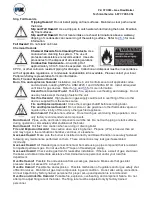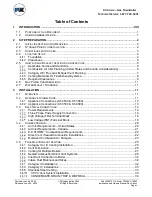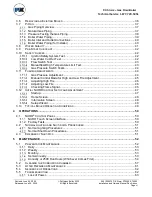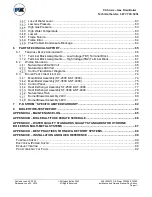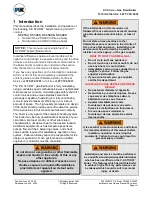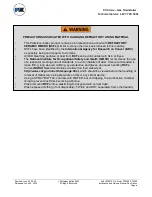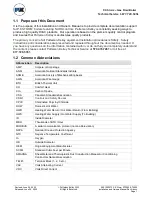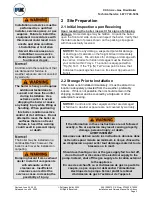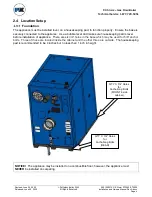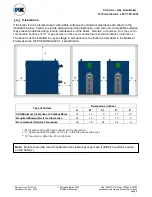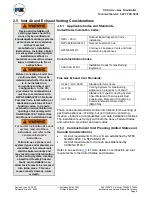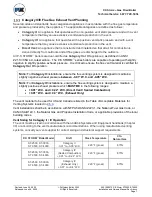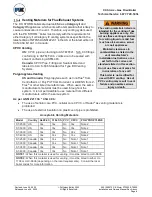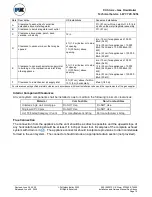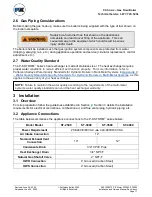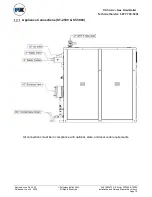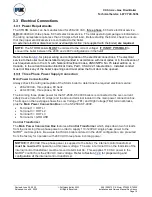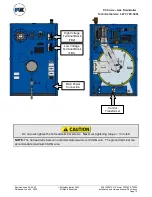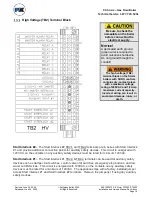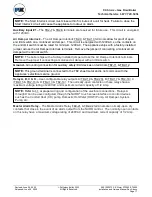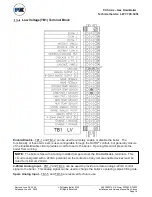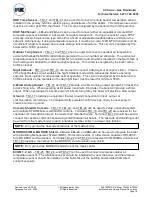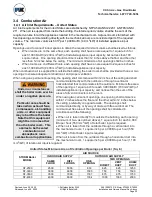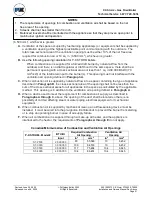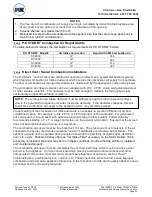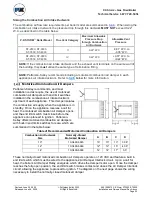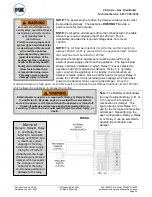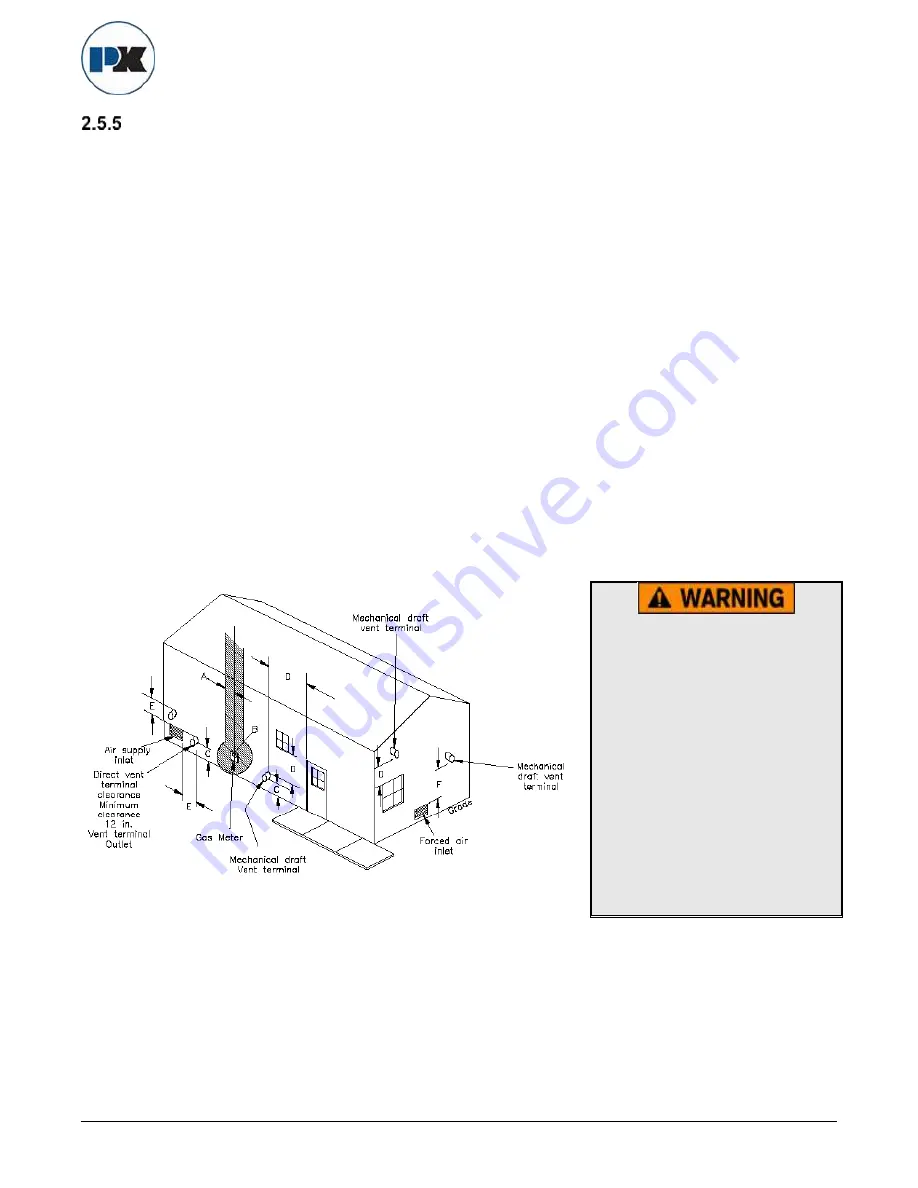
P-K Storm
TM
Gas Fired Boiler
Technical Service 1.877.728.5351
Revised: June 26, 2020
Released: June 26, 2020
©
Patterson-Kelley 2020
All Rights Reserved.
2691000273 P-K Storm ST2500-ST4000
Installation and Owners Manual Rev A.docx
Page 9
Required Clearances
Conventional Vent Systems Clearances
The following termination clearance requirements are for conventional non-direct vent installations:
•
The vent system shall terminate at least 3 ft. above a forced air inlet located within 10 ft.
horizontally.
•
The vent system shall terminate at least 4 ft. below, 4 ft. horizontally from, or 1 ft. above any
door, operable window or gravity inlet into any building. The bottom of the vent terminal shall be
at least 12 in. above grade or highest expected snow line (if applicable).
•
Through the wall terminations shall not terminate over public walkways or over an area where
condensate or vapor could create a nuisance or hazard or could be detrimental to the operation
of regulators, relief valves, or other equipment.
Direct Vent (Sealed Combustion) Systems Clearances
•
The vent terminal shall be located at least 12 in. from any air opening into a building. The
bottom of the vent terminal shall be at least 12 in. above grade. Both the vent and air intake
terminals must be at least 12 in. above the highest expected snow line.
•
Through the wall terminations shall not terminate over public walkways or over an area where
condensate or vapor could create a nuisance or hazard or could be detrimental to the operation
of regulators, relief valves, or other equipment.
•
When multiple direct vent appliances are adjacent, the exhaust must terminate at least 10 ft.
horizontally or 3 ft. vertically from the air intake of another appliance.
The boiler vent should not be
connected into any portion of
another mechanical draft system
without consulting the vent
manufacturer. The boiler shall
not be connected to any part of
a vent system serving a
Category I appliance, nor shall a
Category I appliance be
connected to any part of the
vent system serving this
appliance. For Category II
common venting, refer to local
venting codes. Improper
interconnection of venting
systems may result in leakage of
flue gases into occupied spaces.

